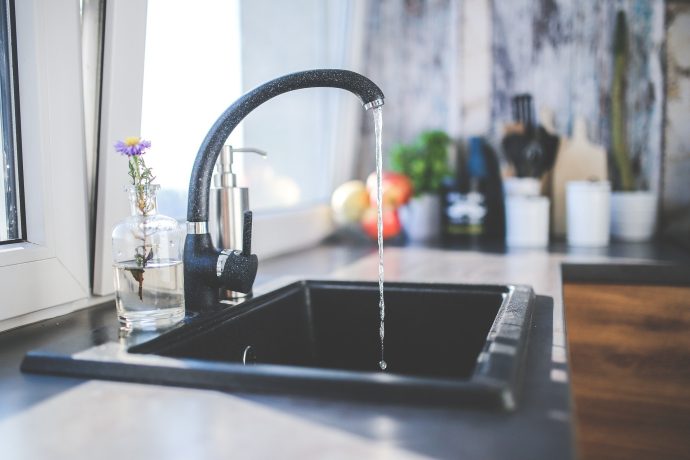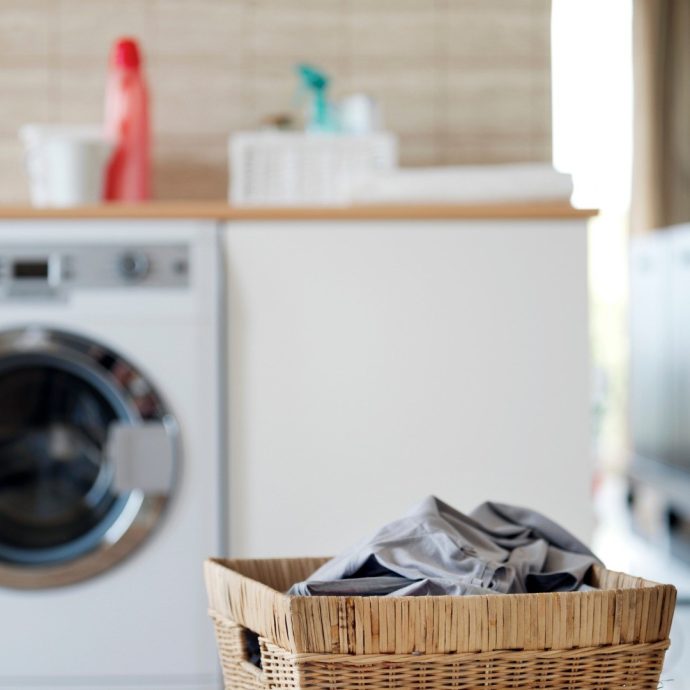Published on 04/10/2020
Here are some tips to help you avoid wasting energy, shift your daily usage, and keep your bills down.
1. Practice good energy-saving habits while at home
Simple habits like unplugging devices and appliances that aren't being used, turning off the lights when you leave a room, only running full loads of laundry and dishes, and not letting your fridge and freezer doors stay open can go a long way in reducing your electricity costs over time. While you're home, take the opportunity to make these energy-saving habits part of your daily routine.
2. Use a power strip or outlet timer
Plug devices and appliances into a power strip to conveniently turn everything on or off with the touch of a button. Using outlet timers can help make saving energy even easier by allowing you to program when devices and appliances should be on or off.
3. Activate the energy-saving mode on your devices
Many of us are using our electronic devices more than usual right now whether we’re working from home, attending online classes, keeping up on the latest news, or streaming our favorite shows to pass the time. Turn on the ‘power saver’ or ‘low power mode’ setting on your laptop, tablet, cell phone, and other electronic devices to help extend the battery life and reduce the need to charge as often.
4. Change out your lightbulbs for more efficient LEDs
Replace your standard incandescent lightbulbs with light-emitting diode (LED) lights. LEDs are the most efficient lighting option available, using up to 90% less energy than standard bulbs and lasting far longer. The upfront investment will pay for itself, and more, in the annual savings you’ll receive.
5. Save water, save money
Instead of letting the water run, turn off the sink while brushing your teeth, washing your hands, and washing dishes. Heating up water can account for as much as 18% of your utility bill, so other small steps like lowering your water heater’s temperature, fixing leaks, washing your clothes in cold water, taking shorter showers, and installing low-flow faucets and showerheads can help reduce your monthly bill.

6. Use a slow cooker instead of the oven
Slow cookers use a lot less energy than ovens, plus you can save time on cooking. Using smaller kitchen appliances like toaster ovens and microwaves to cook and heat up food instead of the oven or stove-top can also lead to significant energy savings.
7. Trap heat in your home when it’s cold
Colder days spent at home mean you’ll probably be turning on the heat. To avoid a spike in your heating costs, consider the following tips. Add caulk or weather-stripping to seal air leaks around leaky doors and windows. Open curtains on your south-facing windows during the day to allow sunlight to naturally heat your home, then close them at night. Moist air feels warmer and holds heat better, so in addition to bundling up, turning on a humidifier can help keep heating costs down.
8. Take advantage of the sunlight
Working from home? Set up your work station by a window for natural light and warmth. This way you’ll avoid having to keep the lights on all day.
9. Limit your appliance use during evening hours
Between the hours of 4 PM and 9 PM, there's a high demand for electricity. For an easy way to support more renewable energy sources, run your major appliances like washing machines, dishwashers, and dryers before 4 PM or after 9 PM. This will help clean up the grid and may even save you money on your electricity bill, depending on your electric rate.

10. Choose native plants for landscaping
Spending more time in the yard or garden? For energy-saving and low-maintenance landscaping, choose plant species that are adapted to the local climate. Plants that are native to the area will typically need less water. Landscaping can also be used intentionally to create shade or to act as a windbreak, helping you to reduce your heating and cooling bills. Check out Calflora’s plant database to see which plants are native to your area.
11. Check that you are on the best rate plan for your lifestyle
Take advantage of time at home to log into your PG&E account and use the rate comparison tool. Being on the right rate plan may help to reduce your monthly bills. To compare rate plans and choose the best option for you, visit www.pge.com/myenergy.